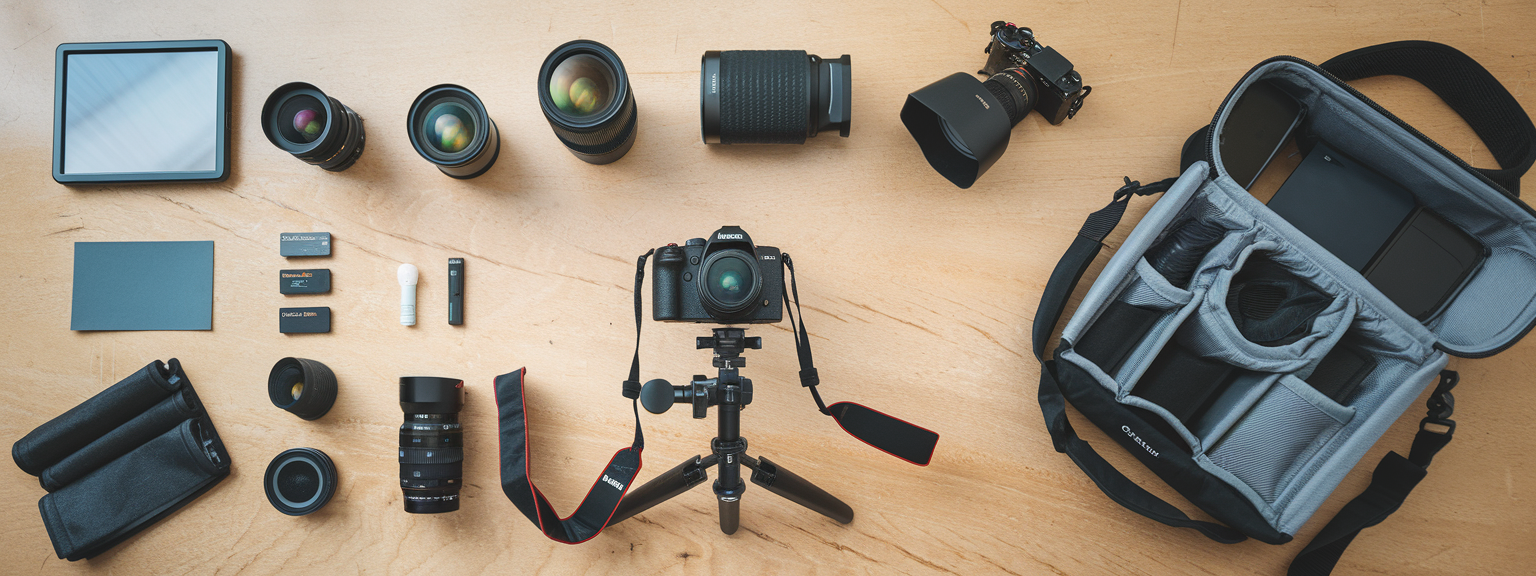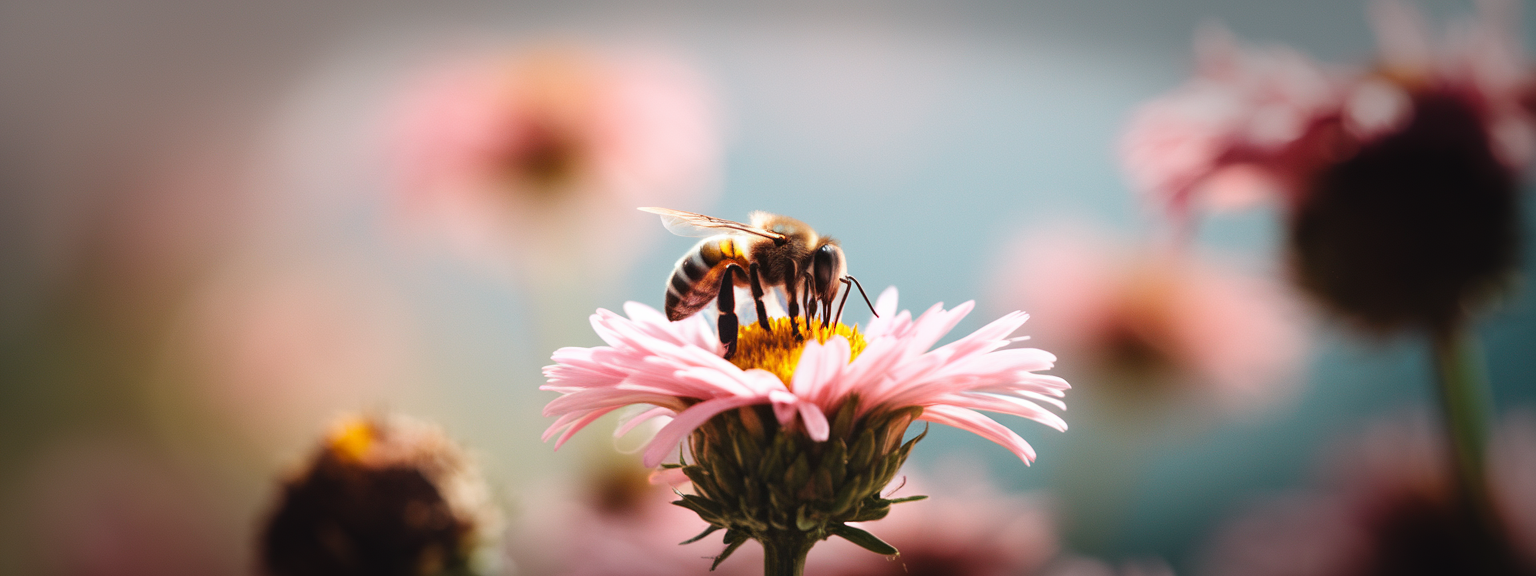Must-Have Photography Gear: 12 Essentials Every Photographer Needs

must-have photography gear matters whether you are starting out or expanding a professional kit. In this comprehensive guide you will find a complete camera gear checklist and photography essentials that explain what to buy, how to use each item, and how to avoid common pitfalls. This post presents detailed, practical advice so you can assemble a reliable kit and shoot with confidence in studio, event, and travel situations.
📝 Step-by-Step Guide: Must-Have Photography Gear
This step-by-step guide helps you select and prepare your must-have photography gear for any shoot. Follow the checklist and workflow below to reduce surprises and improve results. For example, the same essentials apply whether you work weddings, landscapes, or studio portraits.
Step 1 — Define the shoot and deliverables
Start by clarifying client expectations, final file sizes, and the shoot environment. This determines which camera body, lenses, and lighting kit you require. In addition, create a timeline and shot list that you can reference during setup.
Step 2 — Choose your primary body and lenses
- Primary body: pick APS-C or full-frame depending on resolution and low-light needs.
- Lenses: include a standard zoom (24–70mm), a fast prime (35mm or 50mm), and a telezoom (70–200mm) as part of the essential camera gear.
- Pack a backup body when possible to mitigate hardware failure.
Step 3 — Power, storage, and backups
Bring at least 2–4 spare batteries, fast memory cards, and a portable SSD or multiple card-based backups. For example, choose UHS-II or V90 memory cards for burst and video. As a result, you avoid interruptions and data loss.
Step 4 — Lighting, modifiers, and supports
- Speedlights or strobes with softboxes and reflectors are essential for portraits and events.
- Carry a sturdy tripod or a monopod according to mobility needs.
Step 5 — Pre-shoot checks and on-location workflow
Format cards in-camera, fully charge batteries, and test autofocus and white balance before travel. Tether when client review or precise focus is critical. During the shoot, copy cards to a portable SSD and keep originals separated to reduce the risk of loss.
📌 Practical Applications: Must-Have Photography Gear
This section explains when to use each item in your must-have photography gear kit. Use these practical applications to prioritize purchases and assemble an efficient camera gear checklist tailored to your work.
Camera body and lenses in practice
- Portraits: fast primes (50mm/85mm) and a reliable autofocus body.
- Events/weddings: standard zoom and telezoom for flexibility and reach.
- Landscape/travel: wide-angle lenses, ND filters, and a lightweight travel tripod.
Tripod, filters, and stabilization
Use a sturdy tripod for long exposures and HDR bracketing. Add a polarizer to deepen skies and an ND filter to create motion blur in waterfalls. For example, stacking a CPL and ND can give creative control, but watch for vignetting on wide lenses.
Lighting kit and modifiers
Speedlights are versatile for event work, while studio strobes are best for controlled portraits. Use softboxes for flattering light, grids for direction, and reflectors to fill shadows. In addition, continuous LED panels help when shooting hybrid photo/video.
Have you tried rearranging your camera bag so your most-used must-have photography gear is accessible within 10 seconds during a shoot?
Use the above advice to match each piece of essential camera gear to the job. This approach saves time and helps you deliver consistent image quality in varied conditions.
💡 Tips & Tricks: Must-Have Photography Gear
These concise tips improve efficiency and protect your investment in must-have photography gear. Apply them regularly to extend gear life and raise image quality.
Lenses and camera bodies
- Buy lenses before bodies—lenses retain value and determine image character.
- Use lens profiles in Lightroom or Capture One to correct distortion automatically.
Action tip: pack and test a pared-down version of your must-have photography gear the night before every shoot to reduce stress and speed setup.
Memory cards and backup workflow
- Use multiple cards and rotate them; never rely on one card for all files.
- Verify backups with checksums (rsync or dedicated tools) to prevent silent corruption.
Maintenance and storage
Store gear in a dry, ventilated place with silica packs or in a dehumidifying cabinet to avoid mold and corrosion. Clean lenses and camera bodies with a blower, lens pen, and microfibers. If unsure about sensor cleaning, seek professional service to avoid damage.
📸 Sample Scenario
The sample scenario below shows how must-have photography gear is used on an 8-hour wedding day. This practical workflow highlights the camera gear checklist in action and includes decision points to adapt to changing light and locations.
Morning prep and portraits
- Primary kit: full-frame body + 24–70mm f/2.8 + 35mm f/1.4 for low light.
- Settings: start with auto ISO & aperture priority for candid moments, then switch to manual when light stabilizes.
Ceremony and reception
Use a silent or electronic shutter if allowed. Bring speedlights with gels for the reception to match tungsten color temperature. During dancing, rely on fast primes, higher ISO, and creative off-camera flash to freeze motion and preserve atmosphere.
✅ Key Do’s for Effective Usage
- Do invest in at least one high-quality lens before upgrading camera bodies.
- Do pack backup batteries and memory cards for every shoot.
- Do label cards and use a consistent ingest workflow to prevent data loss.
- Do calibrate monitors and use a ColorChecker for critical color work.
❌ Common Mistakes to Avoid
- Mistake: relying on a single camera body with no backup. Always bring a second body or redundant cards.
- Mistake: using cheap memory cards—slow write speeds cause buffering and dropped frames.
- Mistake: updating firmware on the shoot day. Update well in advance and test thoroughly.
- Mistake: overpacking. Carry what you know how to use efficiently to avoid decision fatigue mid-shoot.
🔄 Troubleshooting & FAQs
This troubleshooting section addresses common problems you may encounter with must-have photography gear. Questions are phrased in a voice-search-friendly manner so you can locate answers quickly.
Q: What should I do if my camera won’t turn on?
Check battery seating and charge first. Try a different battery and inspect contacts for dirt. If the camera still fails, test the charger and consult manufacturer service.
Q: What if my memory card shows “card error” or files are missing?
Stop using the card immediately. Use recovery tools on a cloned image of the card (PhotoRec, Stellar). Replace and reformat cards in-camera to ensure compatibility.
Q: My lens autofocus is hunting — how do I fix it?
Clean contacts, update firmware, and test another lens to isolate the issue. If the problem persists with one lens, send it for calibration or service.
Q: How do I reduce overheating when recording long video?
Use external power, avoid maximum-resolution continuous recording when not needed, and provide airflow around the camera. Consider an external recorder to offload processing.
Q: What are the best AI tools for productivity for photographers?
General productivity: ChatGPT for drafting client emails and captions; Notion AI for project organization; Zapier for automations. Photography-specific: Luminar Neo for AI edits, Topaz Photo AI for denoise/sharpen, and Adobe Sensei tools in Photoshop for selection and retouching.
Q: How many memory cards should a professional carry?
Carry multiple cards—generally at least one per hour of shooting plus duplicates for backup. Many pros bring 4–8 cards and a portable SSD for midday duplication.
🖼️ Bringing It All Together
Below is a consolidated camera gear checklist for quick reference. Use it to confirm you have all must-have photography gear before leaving for a shoot. In addition, the checklist helps you build a prioritized shopping plan.
- Camera body + backup body
- Lenses: wide, standard zoom, fast prime, telephoto
- Tripod or monopod
- Memory cards (fast, reliable) + card case
- Portable SSD or backup drive
- Batteries (2–4 extras) + charger
- Camera bag + rain cover
- Speedlight(s) or studio lighting + modifiers
- Filters: CPL, ND, UV/protector
- Remote shutter release / intervalometer
- Cleaning kit + microfiber cloths
- ColorChecker / gray card and calibrated monitor
Ready to build your own kit? Start with a reliable camera body and one high-quality lens, then add items from this must-have photography gear checklist based on the work you do most.
As you practice with your essential camera gear, refine the list to match your style. Prioritize durable, well-supported gear that solves real shooting challenges. Over time, your kit will become a competitive advantage rather than a collection of unused equipment.

![[Street Photography Candid Moment] [Photographer capturing a candid couple crossing a busy city street, demonstrating Street Photography techniques in an urban scene]](https://lenslesson.com/wp-content/uploads/2025/11/street-photography-candid-urban-moment-1.png)
![[Action Shots Capture] [Photographer using fast shutter to capture athletes mid-air for Action Shots.]](https://lenslesson.com/wp-content/uploads/2025/11/perfect-action-shots-high-speed-photography.png)

![[Golden Hour Landscape Photography] [Wide mountain vista at golden hour for landscape photography]](https://lenslesson.com/wp-content/uploads/2025/11/landscape-photography-golden-hour-mountain-vista.png)
![[Creative Inspiration Daily Journal] [Person journaling at a sunlit desk to capture creative inspiration daily]](https://lenslesson.com/wp-content/uploads/2025/11/creative-inspiration-daily-journal.png)